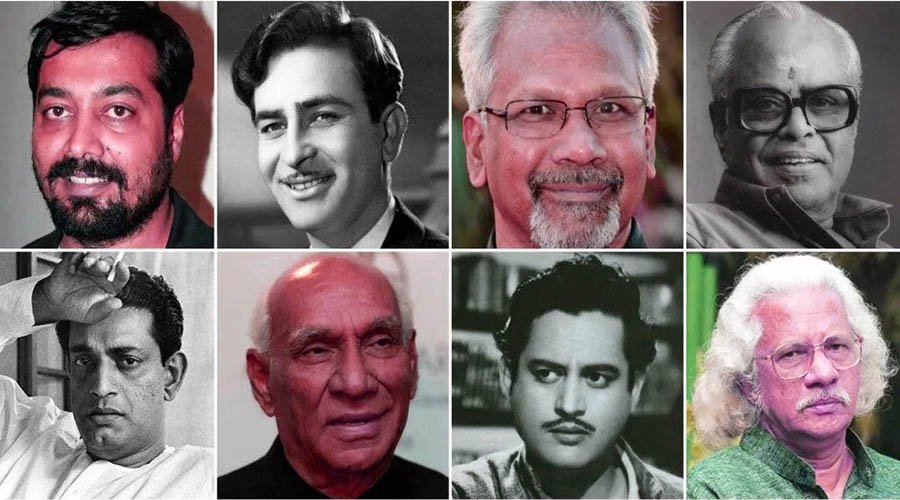In recent years, Indian cinema has witnessed significant transformations, propelled by digital disruption, a renaissance in regional cinema, and Bollywood’s response to societal shifts. These trends have not only reshaped the industry but have also influenced consumption patterns and content creation. Here’s a closer look at these emerging trends and future directions shaping the landscape of Indian cinema:
Digital Disruption: Streaming Platforms and Changing Consumption Patterns
The advent of streaming platforms has revolutionized the way audiences consume content. With the proliferation of high-speed internet and affordable smartphones, platforms like Netflix, Amazon Prime Video, and Disney+ Hotstar have become household names in India. This shift has led to a decline in traditional theatrical experiences, with more viewers opting for on-demand, personalized entertainment.
As a result, filmmakers are increasingly embracing digital platforms of films to reach wider audiences and experiment with diverse storytelling formats. The accessibility and convenience offered by streaming services have also democratized filmmaking, allowing independent filmmakers and content creators to showcase their work without the constraints of traditional distribution channels.
Regional Cinema Renaissance: Spotlight on South Indian, Bengali, and Marathi Films
While Bollywood continues to dominate the Indian film industry, there has been a notable resurgence of regional cinema. States like Tamil Nadu, Kerala, West Bengal, and Maharashtra have thriving film industries producing high-quality content that caters to local sensibilities and cultural nuances.
South Indian cinema, in particular, has gained international recognition for its innovative storytelling, bold themes, and technical brilliance. Films like “Baahubali” and “KGF: Chapter 1” have transcended language barriers to become global blockbusters, showcasing the potential of regional cinema on a global stage.
Similarly, Bengali and Marathi cinema have experienced a creative resurgence, with filmmakers pushing boundaries and exploring unconventional narratives. This renewed focus on regional storytelling reflects a growing demand for authentic, diverse content that resonates with audiences across India and beyond.
Bollywood’s Response to Social and Political Change: Addressing Diversity and Representation
In recent years, Bollywood has been compelled to confront pressing social and political issues, prompting filmmakers to explore themes of diversity, inclusion, and representation. From LGBTQ+ rights to gender equality, films like “Shubh Mangal Zyada Saavdhan” and “Chhapaak” have sparked important conversations and challenged societal norms.
Furthermore, there’s a growing emphasis on amplifying marginalized voices and providing platforms for underrepresented communities within the industry. Filmmakers are actively seeking diverse talent both in front of and behind the camera, fostering a more inclusive and representative cinematic landscape.
Looking ahead, Inidan Cinema is poised to play a pivotal role in shaping the cultural discourse and driving positive social change through thought-provoking storytelling and responsible filmmaking practices.
In conclusion, the future of Indian cinema is marked by digital disruption, a resurgence of regional cinema, and a commitment to addressing pressing societal issues. As filmmakers continue to push boundaries and experiment with new forms of storytelling, audiences can expect a more diverse, inclusive, and engaging cinematic experience that reflects the rich tapestry of Indian culture and heritage.







